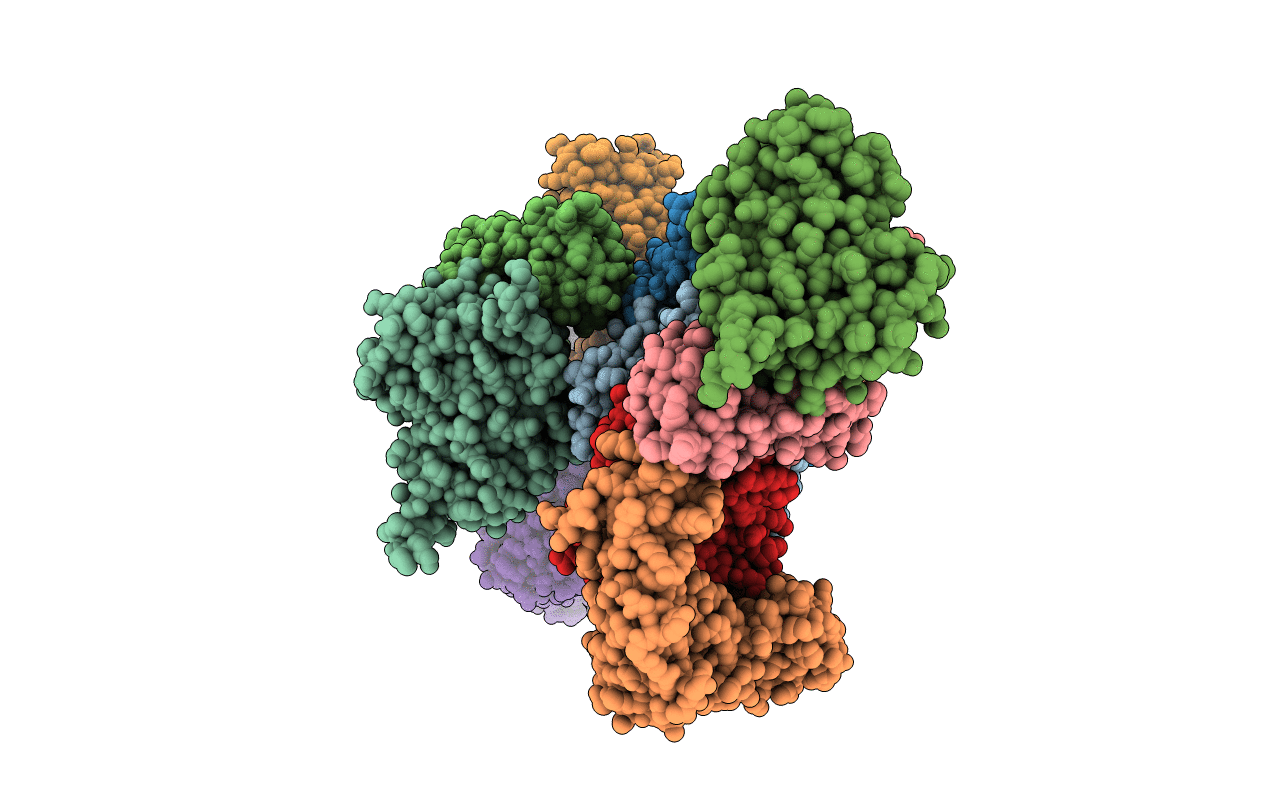
Deposition Date
2004-06-24
Release Date
2004-08-24
Last Version Date
2024-02-14
Entry Detail
PDB ID:
1TUE
Keywords:
Title:
The X-ray Structure of the Papillomavirus Helicase in Complex with its Molecular Matchmaker E2
Biological Source:
Source Organism:
Human papillomavirus type 18 (Taxon ID: 333761)
Host Organism:
Method Details:
Experimental Method:
Resolution:
2.10 Å
R-Value Free:
0.26
R-Value Work:
0.21
R-Value Observed:
0.22
Space Group:
P 21 21 21


